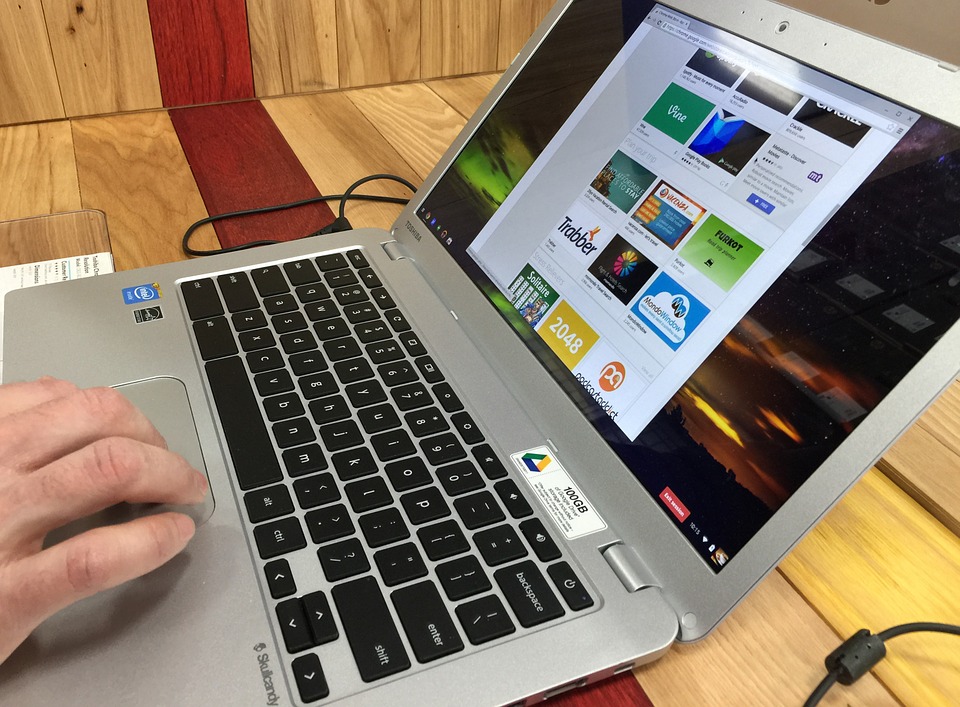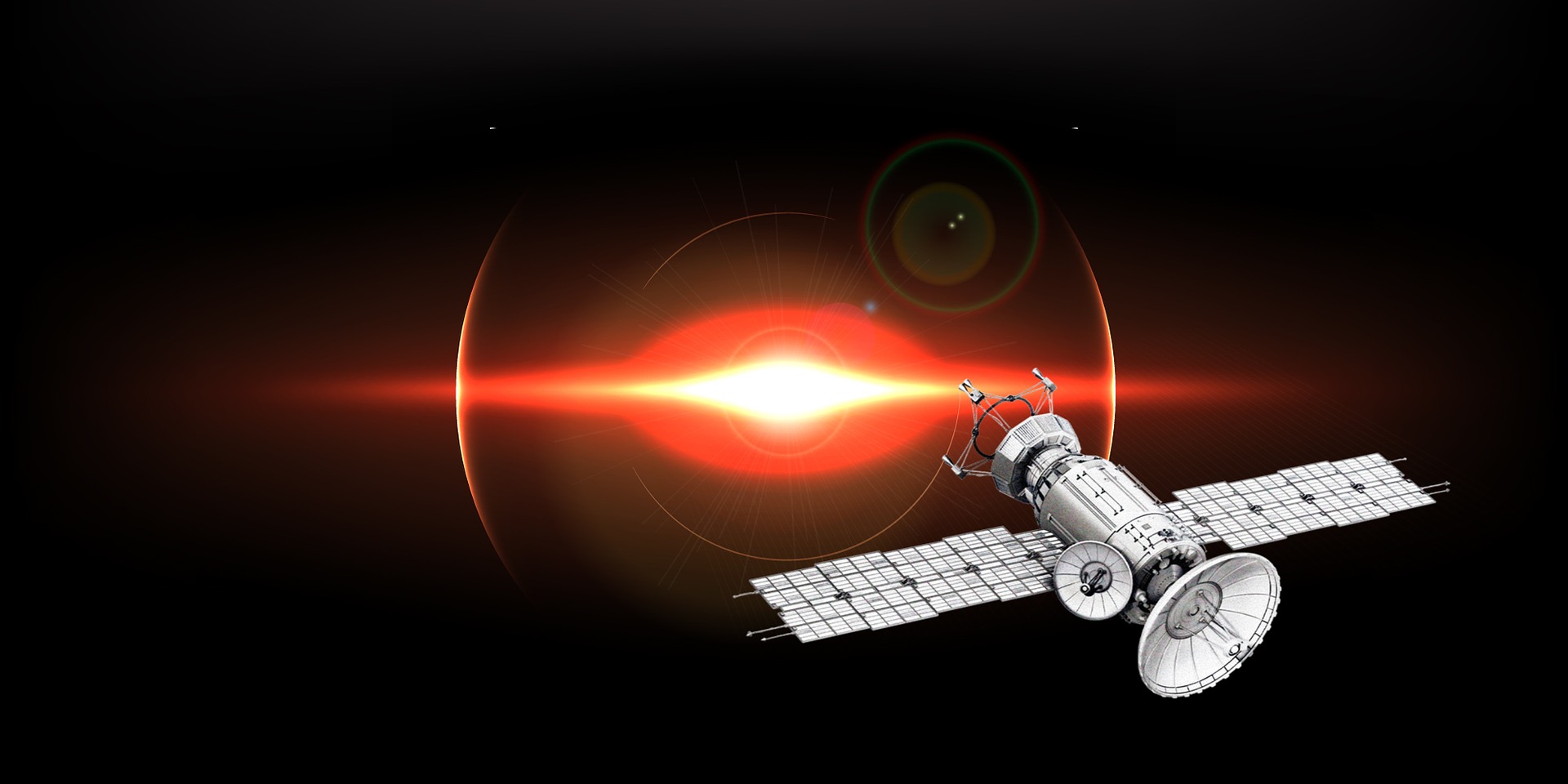With computer science exponential growth in power requires determining the bar is always higher to secure electronicdata transmissions from the outside hackers. The ideal solution would be to transmit data in quantum bits, but these quantum information processing may lie decades away. Therefore, several companies have focused on bringing one aspect of quantum communications to market and that is quantum key distribution (QKD), used to exchange secret keys that protect data during transmission. Two companies namely MagiQ Technologies (New York, NY) and ID Quantique (Geneva, Switzerland), have already released commercial QKD systems, and several others plan to enter the marketplace within coming years. This is important to national security and modern electronic business transactions.
 Quantum Key Distribution (QKD) is a task of yielding a private key shared between two parties using a quantum channel and an authenticated classical channel. The private key can then be used to encrypt messages that are sent over an insecure classical channel such as an established internet connection.
Quantum Key Distribution (QKD) is a task of yielding a private key shared between two parties using a quantum channel and an authenticated classical channel. The private key can then be used to encrypt messages that are sent over an insecure classical channel such as an established internet connection.
Quantum Key Distribution attains security through the laws of quantum physics. More precisely, it is based on the fact that any listener, who is trying to intercept the quantum communication, will necessarily leave hints which can be detected easily. In this case, the QKD protocol ends the generation of the key.
A key distributed using quantum cryptography would be almost impossible to steal because QKD systems continually and randomly generate new private keys that both parties share. A compromised key in a QKD system can only decrypt a small amount of encoded information because the private key may be changed every second or even continuously as and when required.
Quantum cryptography was initially discovered in the US and Europe. The first one to propose it was Stephen Wiesner, at Columbia University, New York, who, in the early 1970’s, introduced the concept of quantum conjugate coding. The most well-known QKD protocols are the prepare and measure based Bennett-Brassard-84 (BB84) and Bennett-92 (B92) protocols and the web based Ekert-91 (E91) protocol.
For each of the protocols there is a number of security proofs, proving that with different techniques for information reconciliation and privacy amplification, a certain private key rate can be achieved.
Navy can benefit a lot through QKD, To establish a secure link while remaining 100 metres underwater, submarines could transmit photons of laser light to satellites, for retransmission to base. With the key exchanged, the submarine could then communicate via laser pulses with guaranteed security.
The benefits of QKD are that it can generate and distribute demonstrably secure keys over unsecured channels and that potential threats can be detected. QKD is not subject to threats from quantum computers or break through algorithms that can defeat the current computational complex key exchange methods.
QKD is not a means of creating codes, or ciphers, rather its a way to share them securely. A great deal of work has gone into QKD in recent years, and a number of companies even offer off-the-shelf systems that promise quantum security – providing one can install a fibre-optic link between the sender and receiver.
Because QKD generates random strings for shared secrets, attaining a QKD system and reverse engineering its theory of operation would yield no mechanism to defeat QKD. QKD can be used through existing optical media infrastructure for both quantum and classical channels, but the quantum channel photons cannot pass through amplifiers or routers. Optically transparent switches are okay and thus switched networks of QKD systems are possible.
Currently QKD’s are costly technology and requires dedicated hardware, it’s still in its infancy, it’s restricted in distance until quantum repeaters are developed. QKD requires its own sub-network to generate keys, although this sub-network may use/share existing communication infrastructure (i.e., existing fiber and transparent optical switches).
Future developments will focus on faster photon detectors, a major factor limiting the development of practical systems for widespread commercial use. The ultimate goal is to make QKD more reliable, integrate it with today’s telecommunications infrastructure, and increase the transmission distance and rate of key generation.



0 Comments